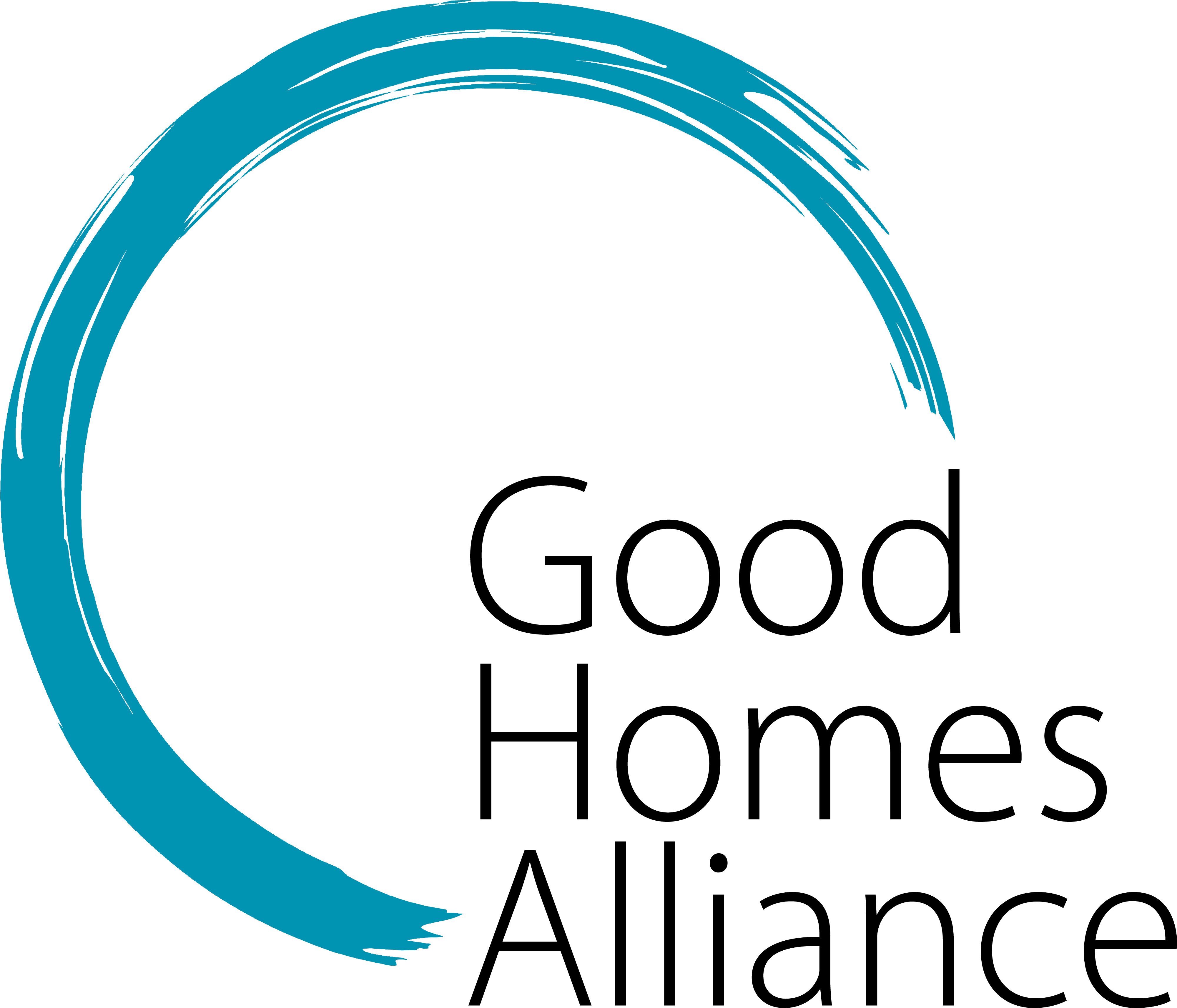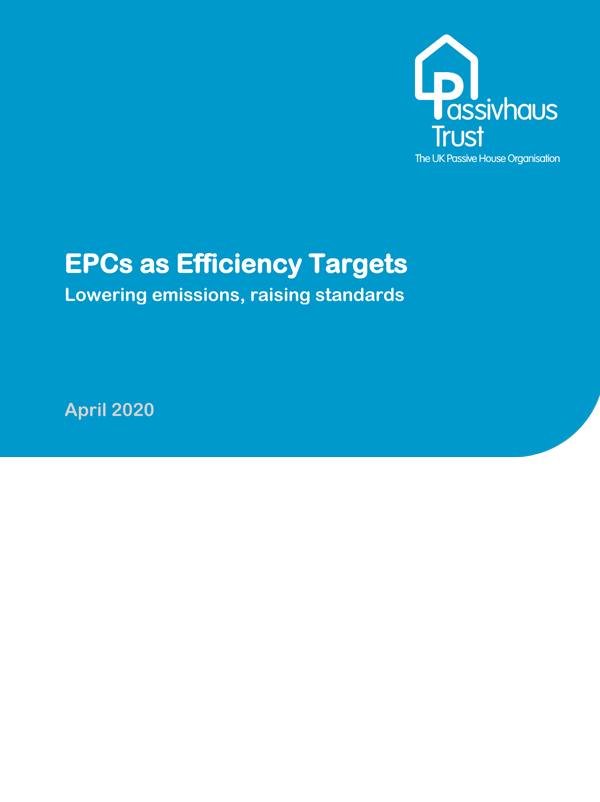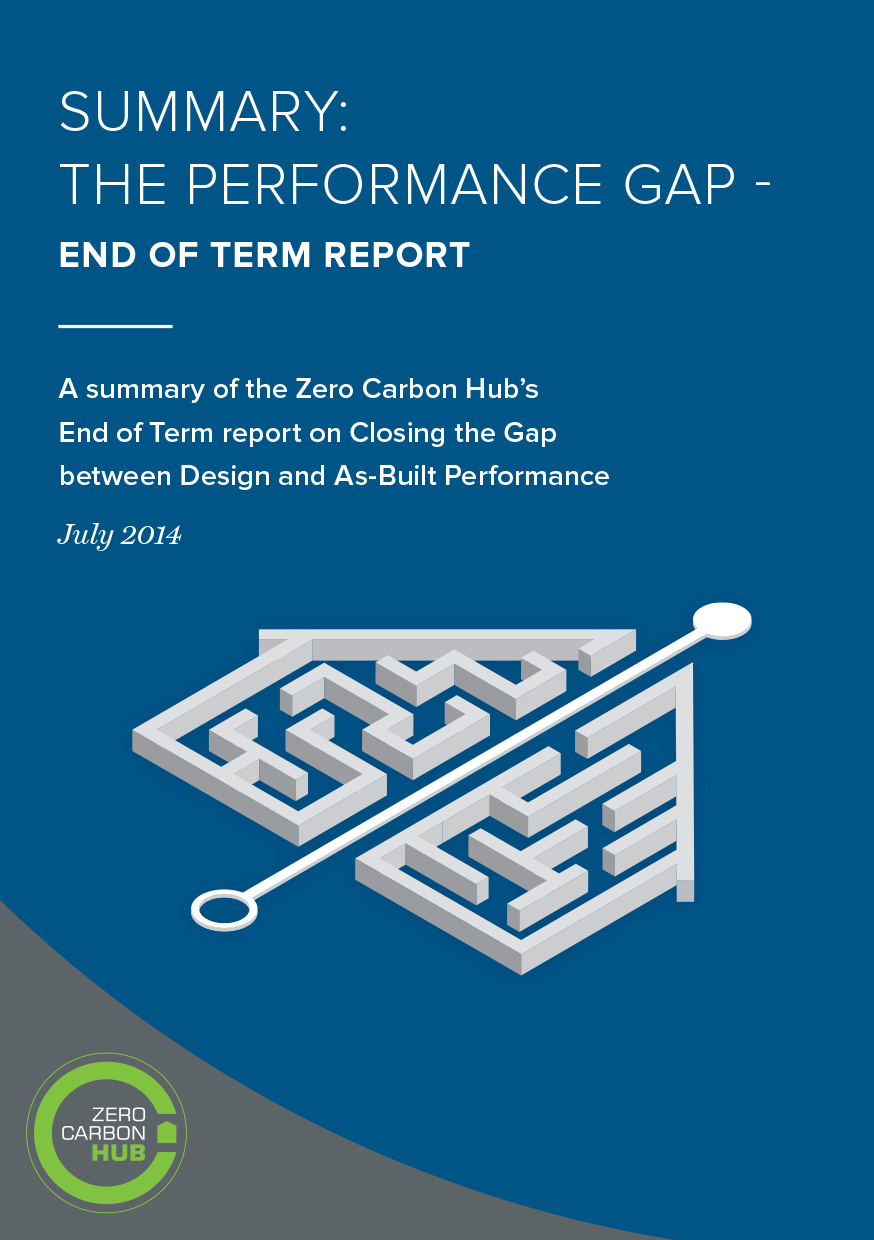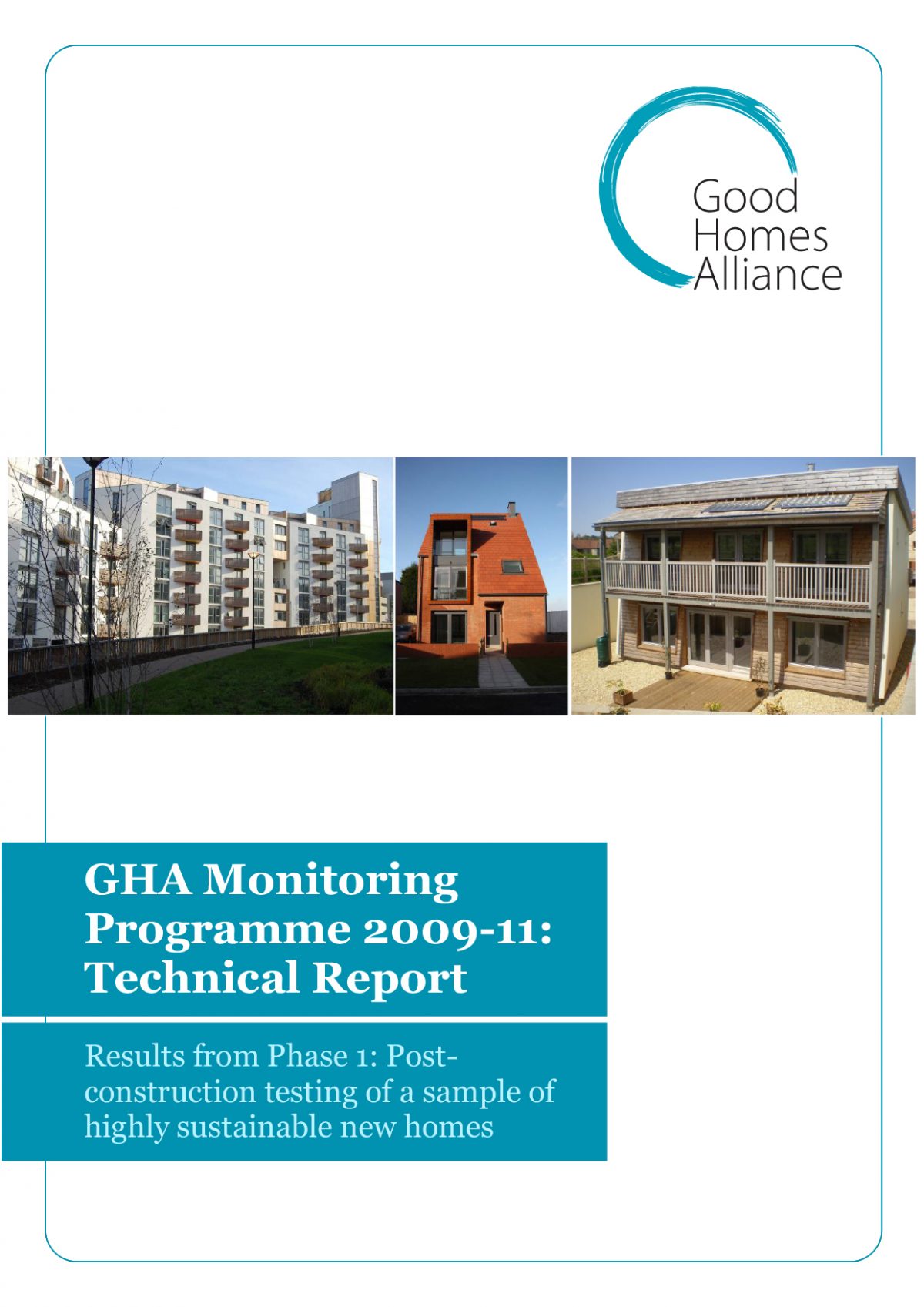What is the Assured Performance Process (APP)?
There is often a huge difference between how buildings are supposed to perform, and how they actually do. The assured performance process provides independent and expert input to the development process to minimise this energy, overheating, and indoor air quality performance gap. As well as helping to reduce carbon emissions and climate change, this improves the health of people using buildings.
The Assured Performance Process TM (APP) maps to the RIBA Plan of Work and has five stages of expert, impartial review and assessment. APP assessors are accredited by The National Energy Foundation for their expertise and they offer two services:
- APP implementation across all five key stages – supporting the client throughout the development process. This is a bespoke service.
- One off reviews tailored to the stage of the development
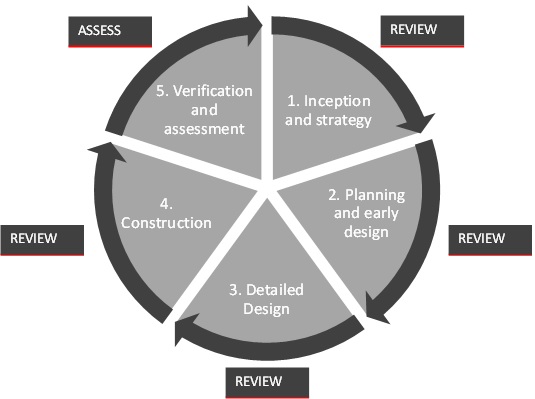
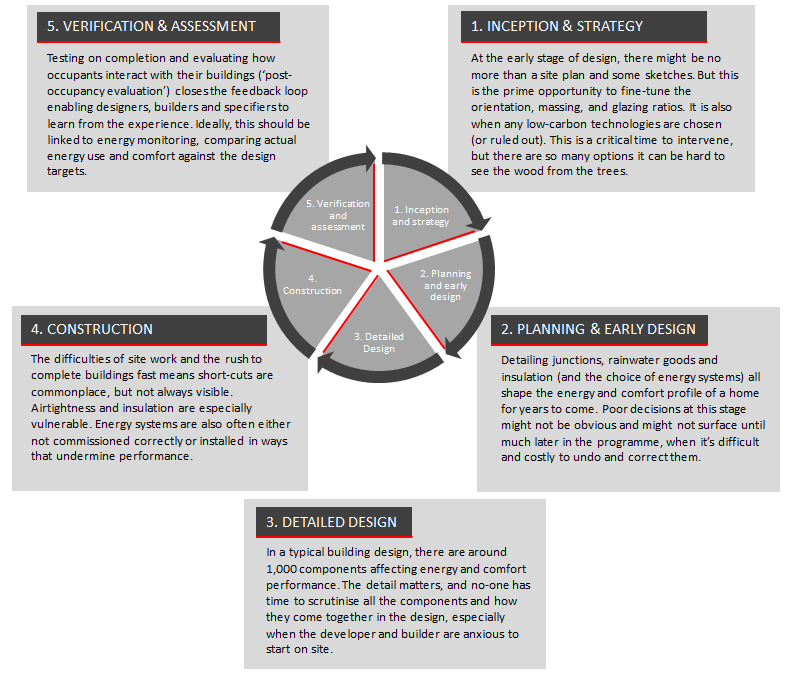
Who is behind APP?
The Good Homes Alliance has secured a two year license for the Assured Performance Process (APP) from the original developer and owner, the National Energy Foundation (NEF).
NEF is a charity which has been meeting its mission of “improving the use of energy in buildings” for more than 20 years. NEF has established other nationally recognised quality systems.
Contact Julian Brooks at julian@goodhomes.org.uk to find out more.
